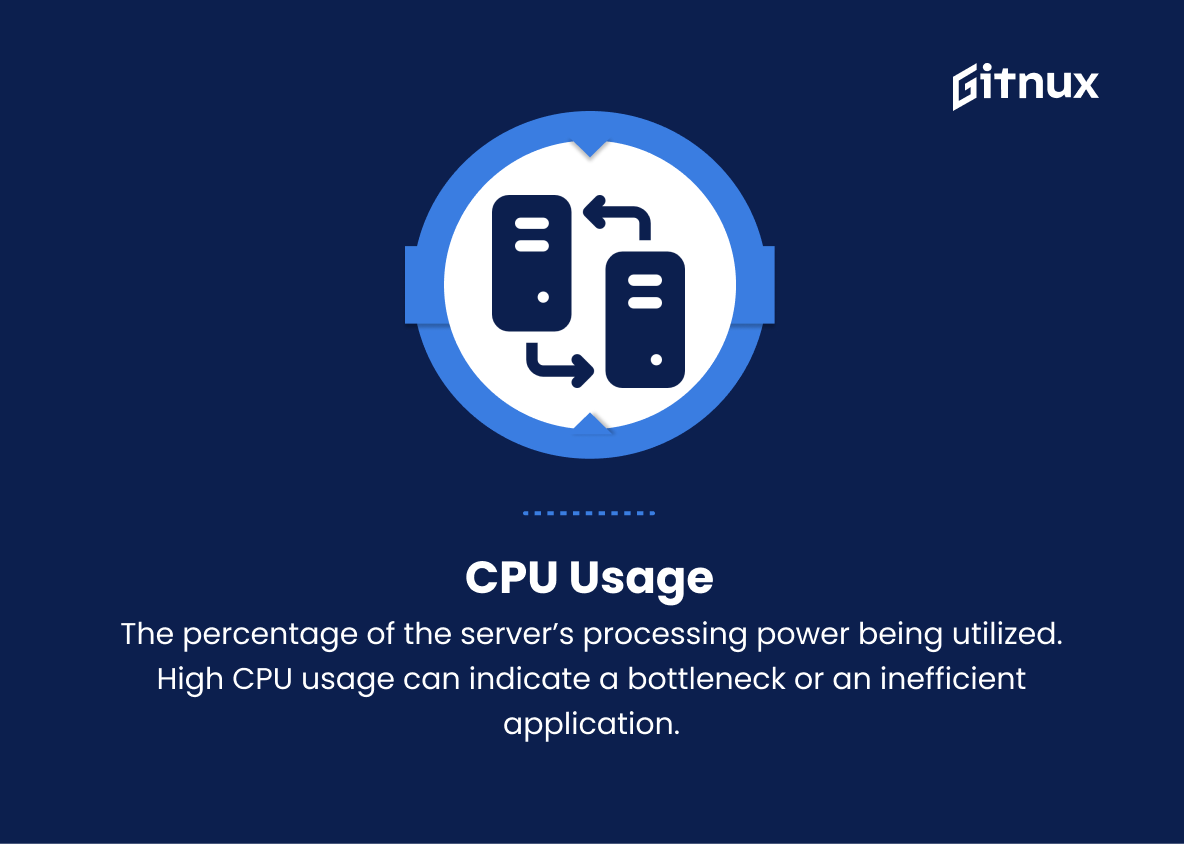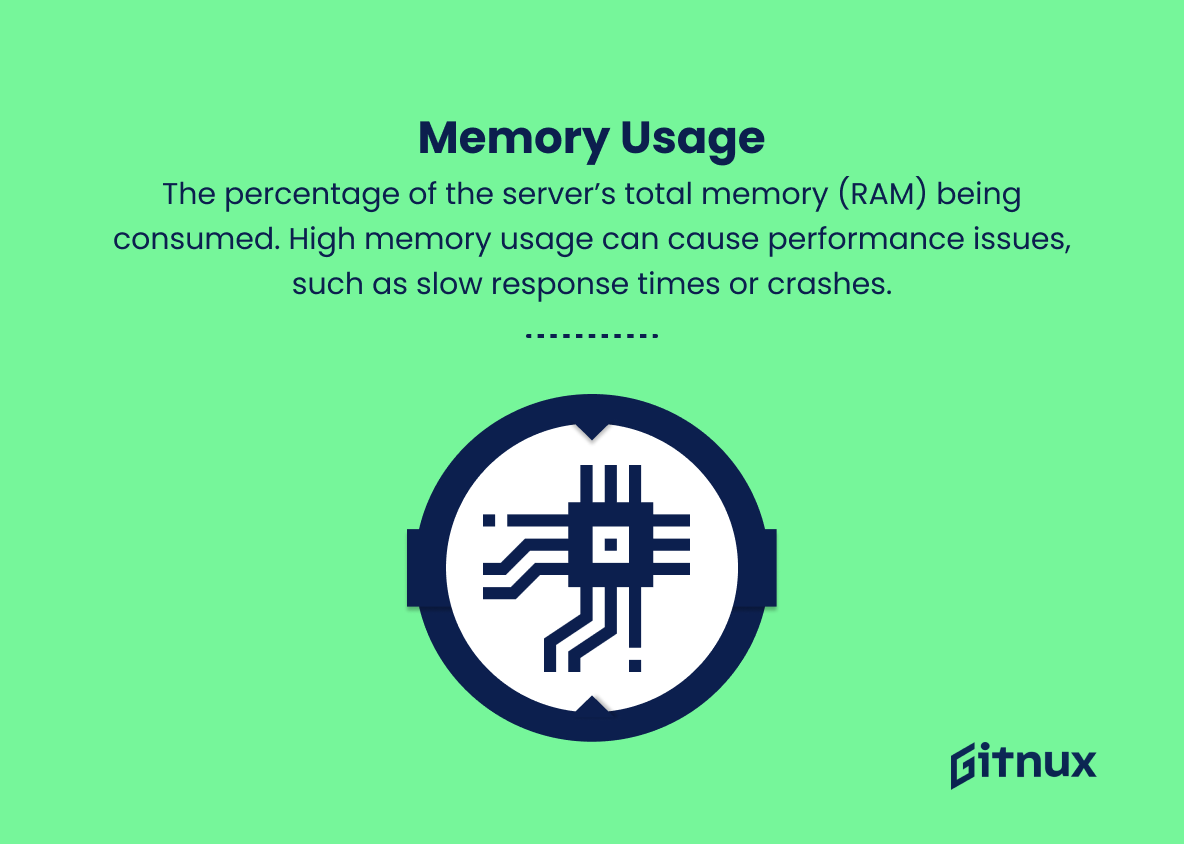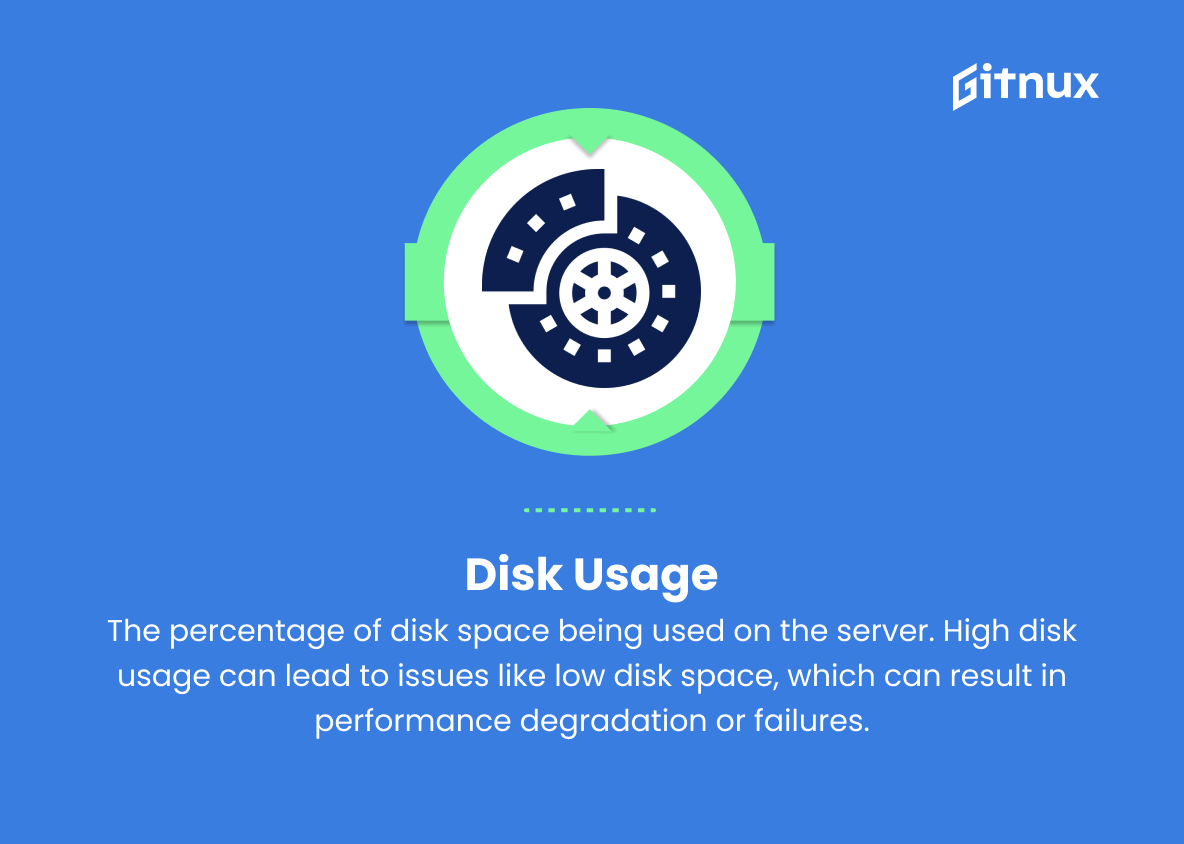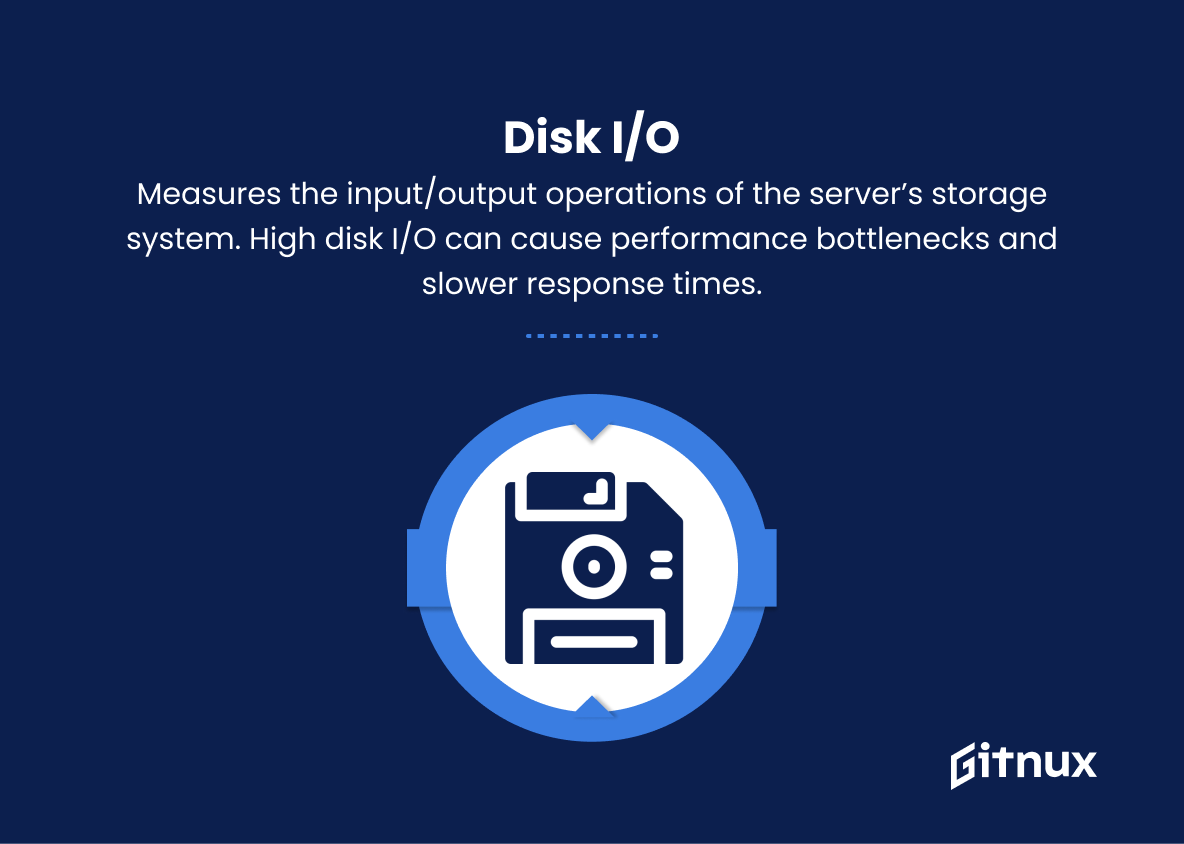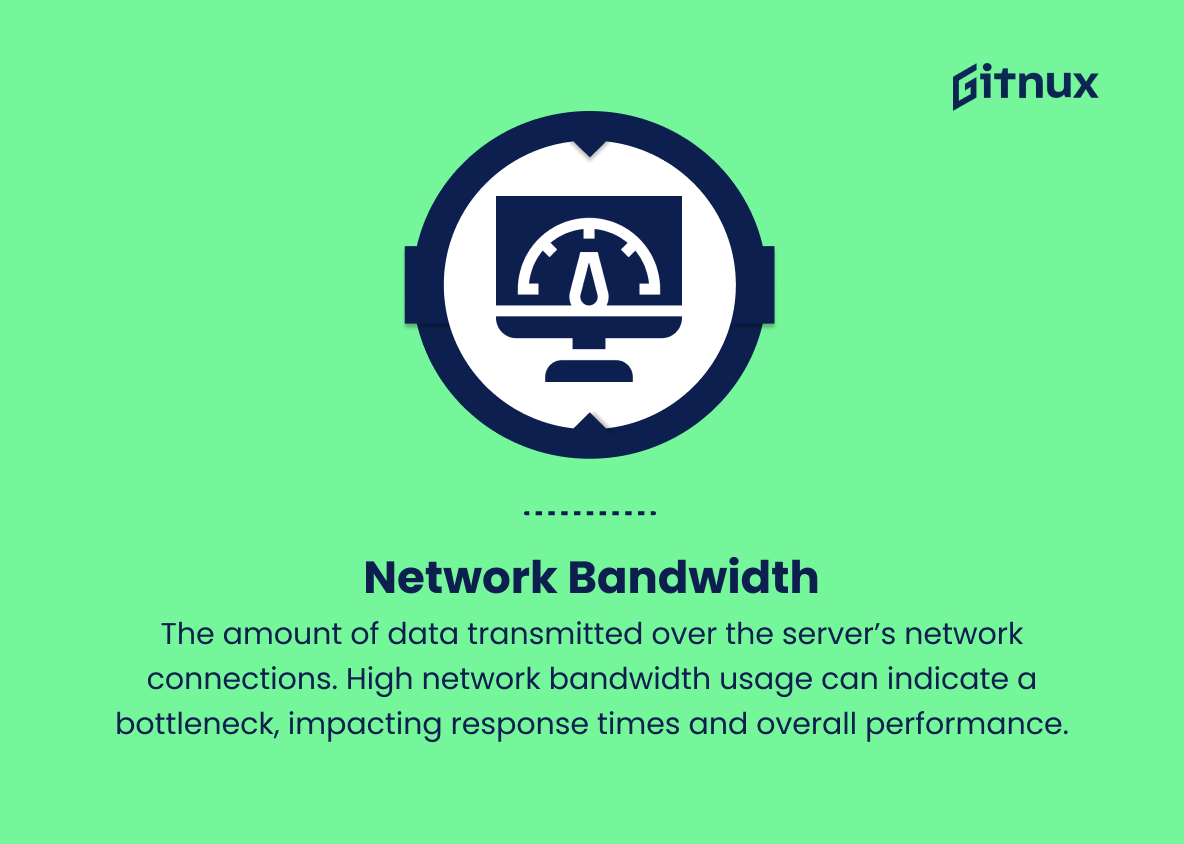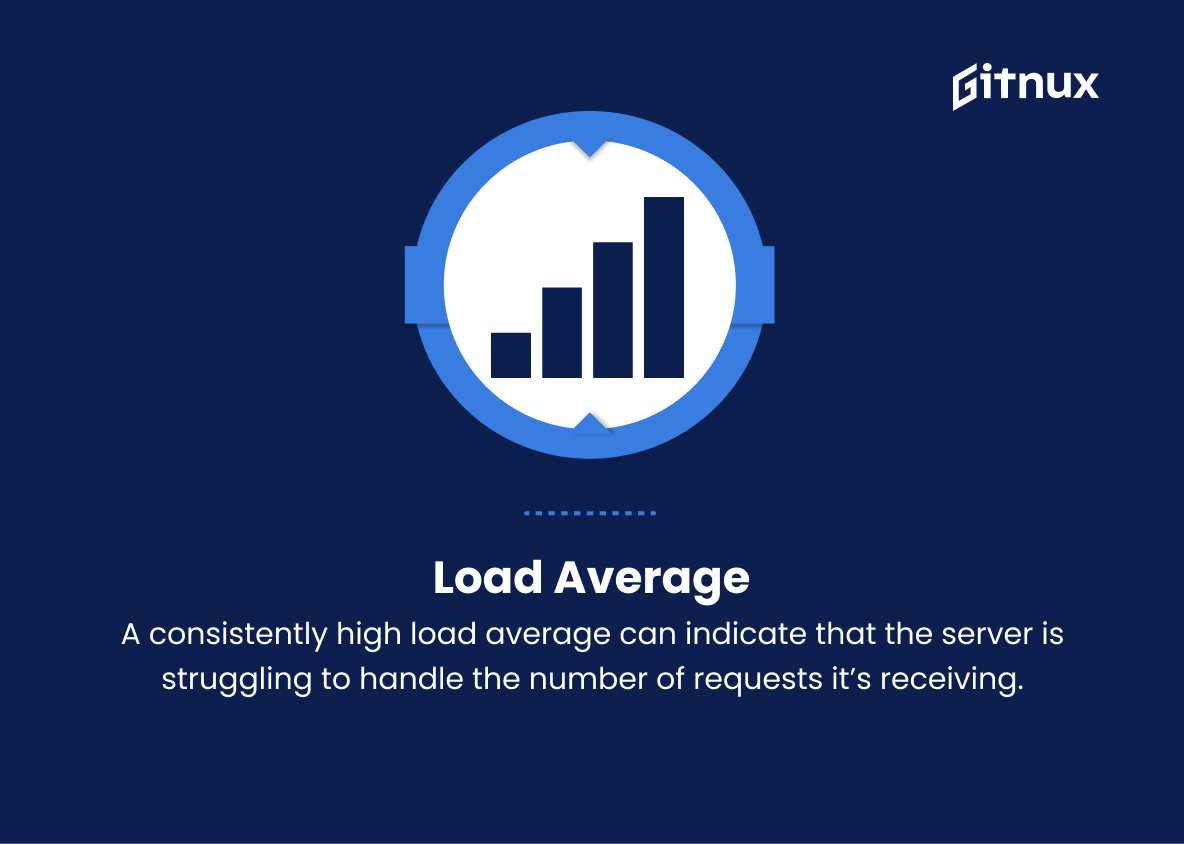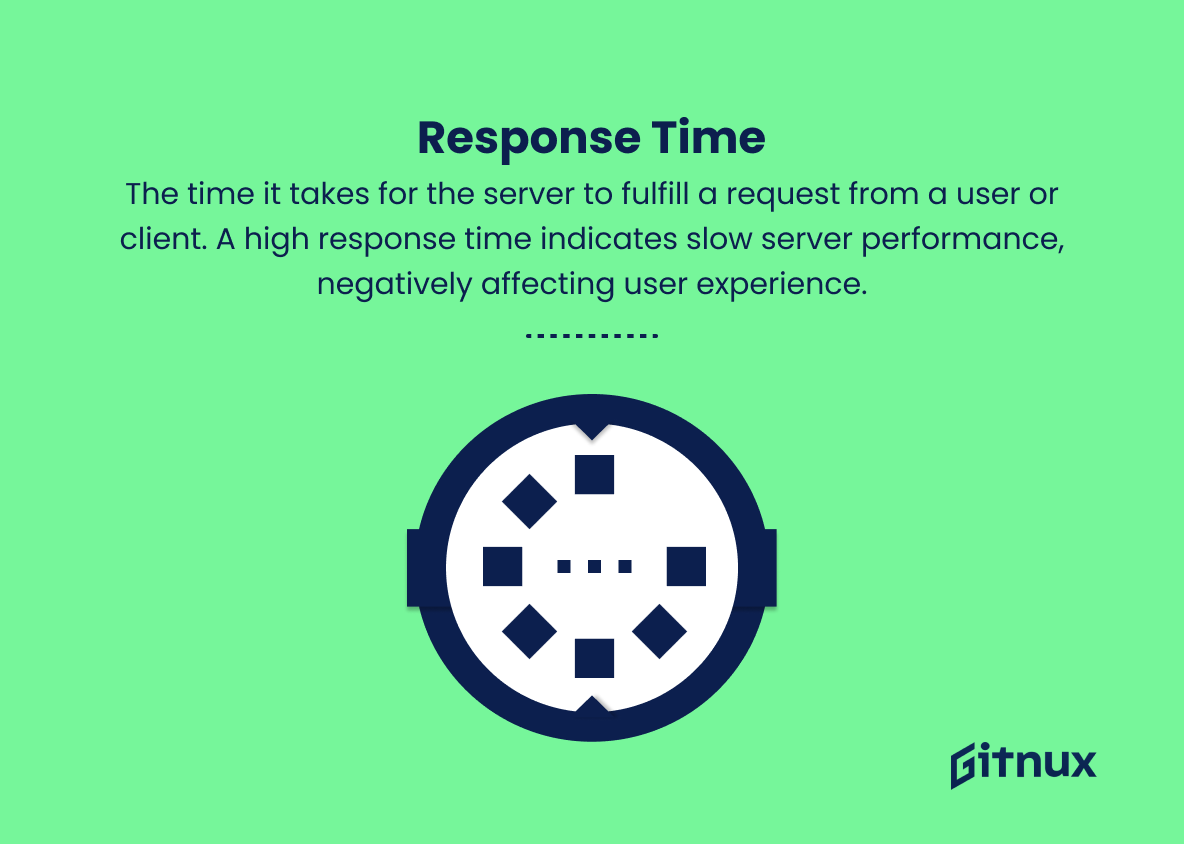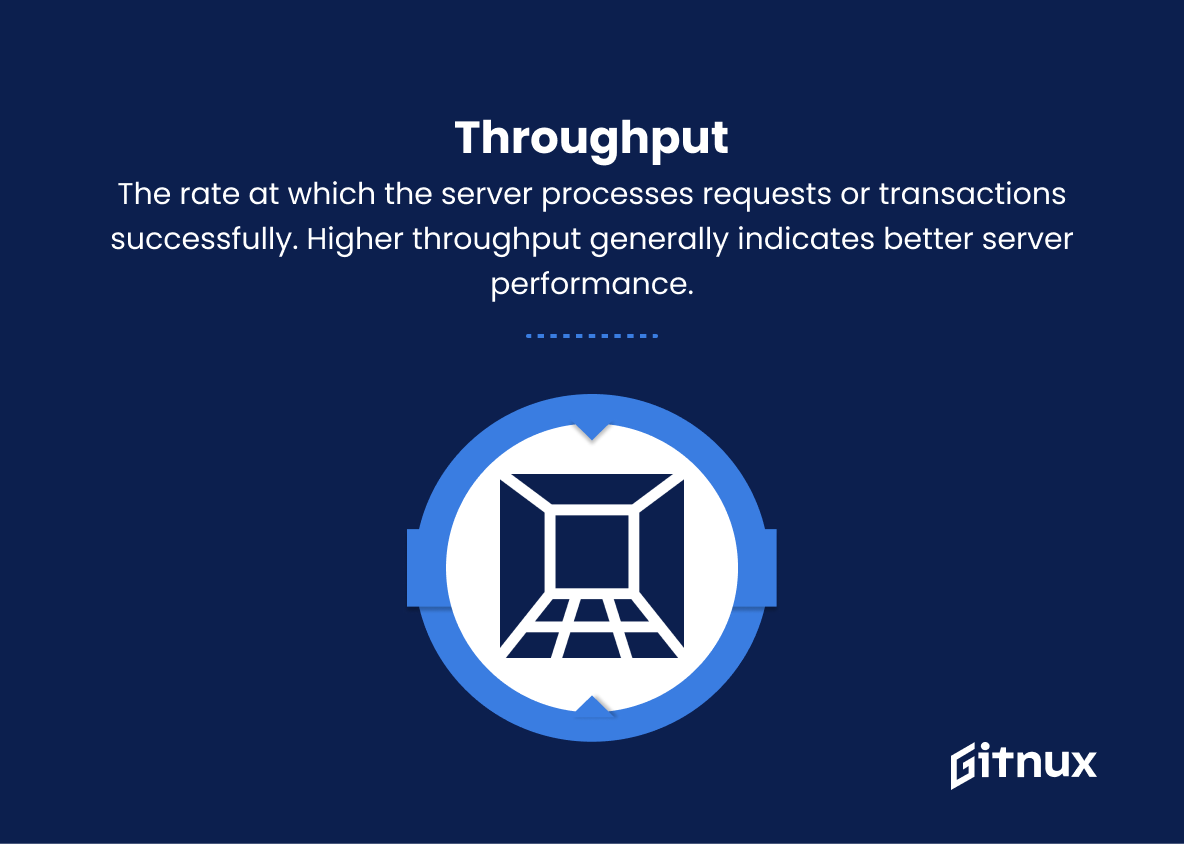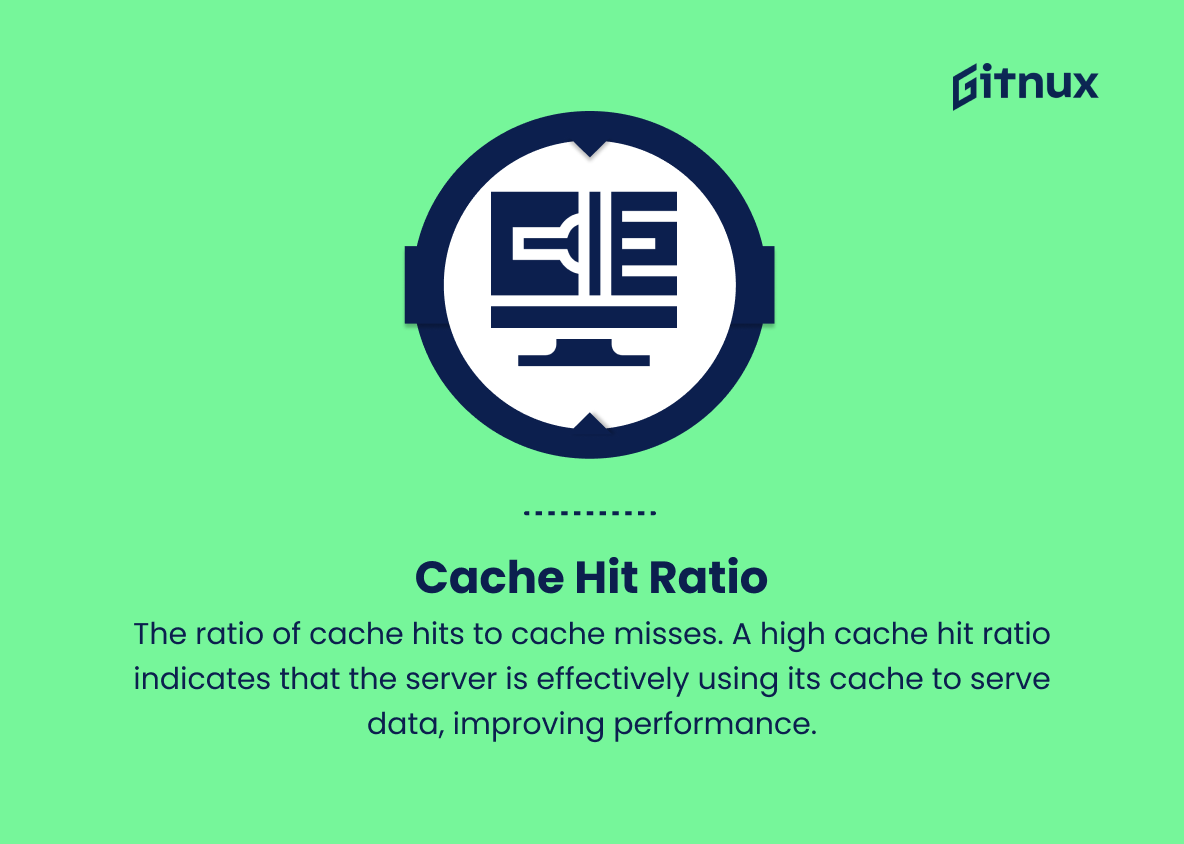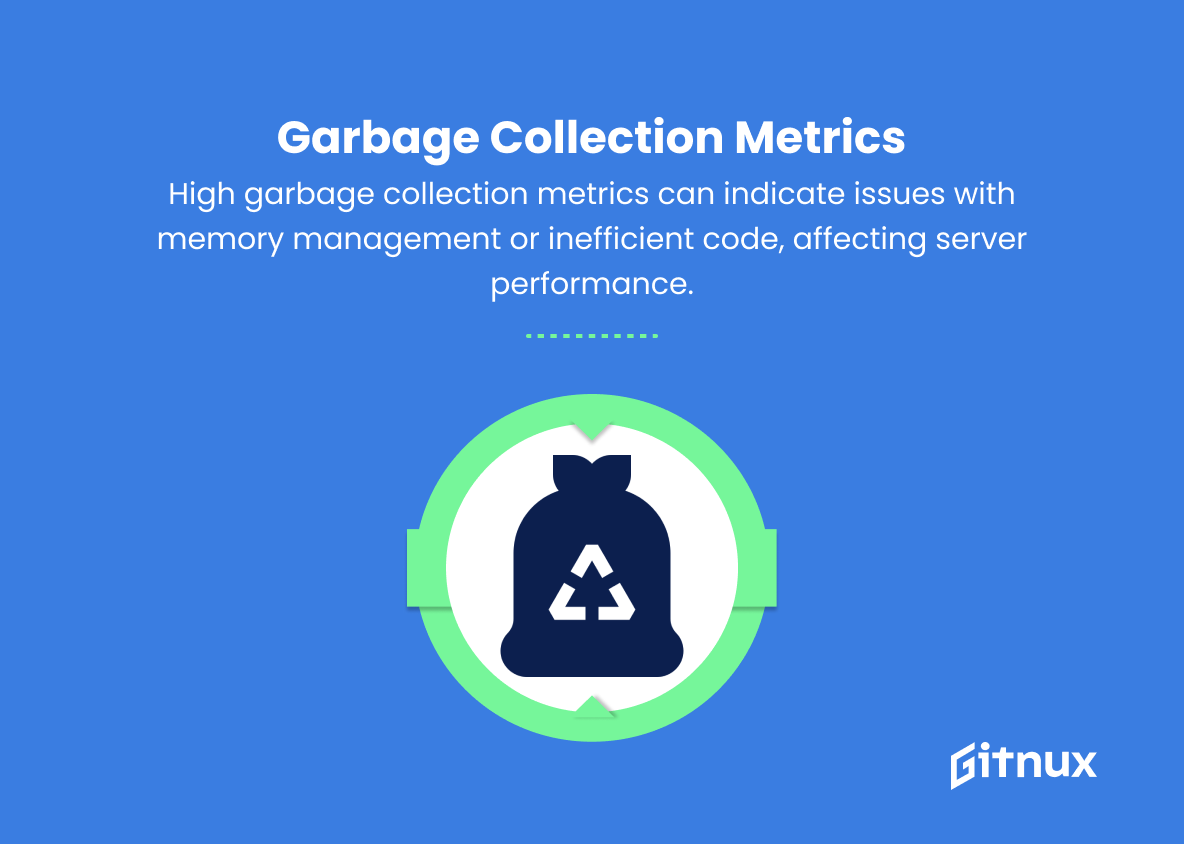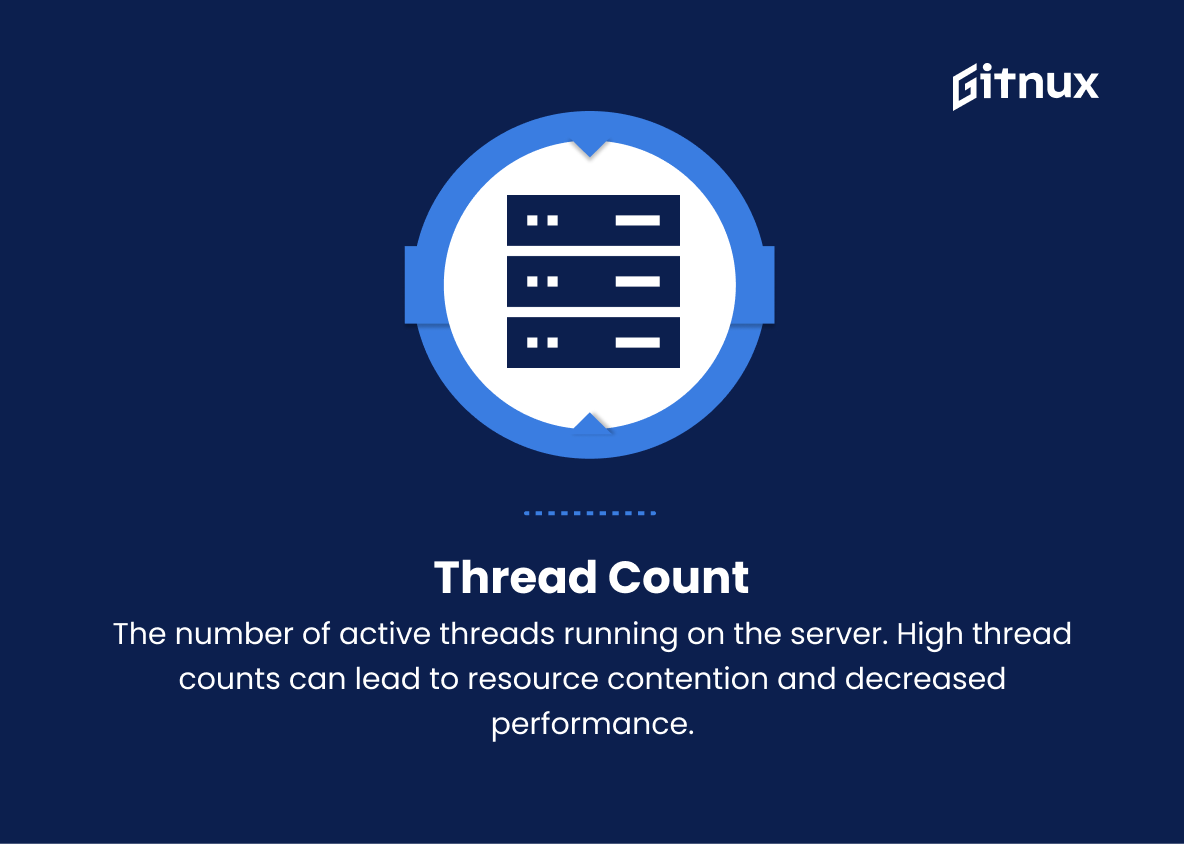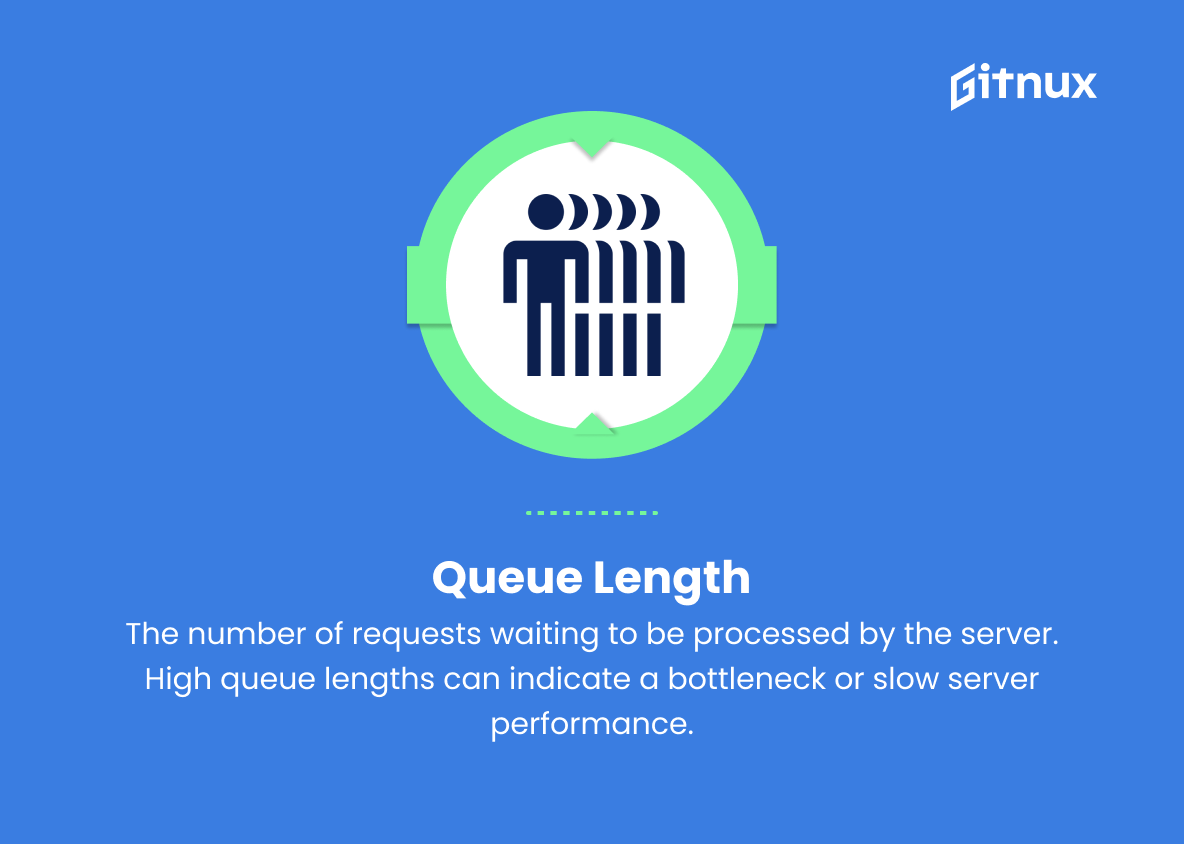In today’s digitally driven world, server performance is a critical aspect of any successful online business. Ensuring optimal performance, reliability, and user experience means monitoring and analyzing key server performance metrics.
In this comprehensive blog post, we will delve into the essential server performance metrics that every system administrator, DevOps engineer, and IT professional should track to maintain a well-functioning and efficiently running server. From CPU and memory usage to network and disk performance, we will uncover the insights and best practices needed to proactively identify potential issues, optimize workloads, and contribute towards a seamless computing experience for your end users. So, buckle up and let’s dive into the world of server performance metrics.
Server Performance Metrics You Should Know
1. CPU Usage
The percentage of the server’s processing power being utilized. High CPU usage can indicate a bottleneck or an inefficient application.
2. Memory Usage
The percentage of the server’s total memory (RAM) being consumed. High memory usage can cause performance issues, such as slow response times or crashes.
3. Disk Usage
The percentage of disk space being used on the server. High disk usage can lead to issues like low disk space, which can result in performance degradation or failures.
4. Disk I/O
Measures the input/output operations of the server’s storage system. High disk I/O can cause performance bottlenecks and slower response times.
5. Network Bandwidth
The amount of data transmitted over the server’s network connections. High network bandwidth usage can indicate a bottleneck, impacting response times and overall performance.
6. Network Latency
The time it takes for data to travel between the server and the client. High latency can result in slow response times and poor user experience.
7. Load Average
An average measure of the server’s workload over a specific time period. A consistently high load average can indicate that the server is struggling to handle the number of requests it’s receiving.
8. Response Time
The time it takes for the server to fulfill a request from a user or client. A high response time indicates slow server performance, negatively affecting user experience.
9. Error Rate
The percentage of server errors or failures in relation to the total number of requests processed. A high error rate can indicate software or hardware issues affecting server performance.
10. Throughput
The rate at which the server processes requests or transactions successfully. Higher throughput generally indicates better server performance.
11. Cache Hit Ratio
The ratio of cache hits to cache misses. A high cache hit ratio indicates that the server is effectively using its cache to serve data, improving performance.
12. Garbage Collection Metrics
The frequency and duration of garbage collection (memory management) operations on the server. High garbage collection metrics can indicate issues with memory management or inefficient code, affecting server performance.
13. Thread Count
The number of active threads running on the server. High thread counts can lead to resource contention and decreased performance.
14. Connection Pool Metrics
The usage and availability of database connections in a connection pool. High connection pool usage can indicate potential bottlenecks and impact server performance.
15. Queue Length
The number of requests waiting to be processed by the server. High queue lengths can indicate a bottleneck or slow server performance.
Server Performance Metrics Explained
Server performance metrics, such as CPU usage, memory usage, disk usage, disk I/O, network bandwidth, network latency, load average, response time, error rate, throughput, cache hit ratio, garbage collection metrics, thread count, connection pool metrics, and queue length, are crucial elements for understanding and optimizing a server’s function in order to deliver the best possible user experience.
These metrics help to identify potential bottlenecks, inefficient applications, hardware or software issues and other factors that may cause a degradation in performance or even failures. By monitoring these metrics, IT professionals can address issues before they significantly impact response times, user satisfaction, and overall system efficiency. Regular evaluation of server performance metrics is essential to maintaining a high-performing, reliable system, while also ensuring optimal resource allocation and application stability.
Conclusion
In summary, understanding and monitoring server performance metrics is crucial for maintaining the health and efficiency of your server infrastructure. By keeping a close watch on key indicators such as CPU and memory utilization, disk usage, network throughput, and response times, you can proactively identify potential bottlenecks, optimize resource allocation, and prevent outages or performance degradation.
By leveraging powerful server monitoring tools and adhering to best practices, organizations can maximize the reliability, scalability, and longevity of their server systems, ensuring that they consistently deliver high-quality services to their users. Remember, a well-tuned server is not only a reflection of your organization’s technical prowess but also contributes to customer satisfaction and overall business success.
